Content from the Brookings-Tsinghua Public Policy Center is now archived. Since October 1, 2020, Brookings has maintained a limited partnership with Tsinghua University School of Public Policy and Management that is intended to facilitate jointly organized dialogues, meetings, and/or events.
Ahead of the Global Climate Action Summit in San Francisco this week (September 12-14), Brookings experts weigh in on the local, national, and international contexts, as well as the key issues at stake. To interview any of these experts ahead of the summit, email [email protected].
Todd Stern (@tsterndc), Senior Fellow in the Cross-Brookings Initiative on Energy and Climate:
In our effort to contain climate change, we are in a race against time to shift from high to low- and then no-carbon economies fast enough to prevent out-of-control damage. We have seen stunning progress in last five to 10 years on clean technology, way beyond what any modelers predicted. But the dangerous impacts of climate change are also happening even faster than scientists expected. Moving in the right direction on the low-carbon transformation isn’t good enough; we need to move at speed and scale. The good news is that we can do this from the perspective of innovation, policy, and finance: We have the creativity and know-how; we understand the tools we need; we have the money. But we don’t, yet, have the political will—for real—at the level of leaders or publics.
This Summit is meant to galvanize and inspire. To make clear the imperative to act. To demonstrate the range of commitment and activism around the country and the world. To show what we can achieve when people, governments at all levels, and companies set their minds to it. To show ourselves and the world that America is still in the game despite the abdication by the current national regime. To help build the engine of public and political will it will take to protect our future.
David Victor, Co-Chair of the Cross-Brookings Initiative on Energy and Climate:
There’s no shortage of climate summits these days—in September alone, depending on how you count, four major summits will be hosted on the need for more action to stop dangerous warming of the planet.
The Global Climate Action Summit, Governor Jerry Brown’s event this week in California, could be different because it is a summit focused on the believers—especially the politicians, corporate leaders, and NGO leaders who say they are doing the most to cut emissions.
I am looking for two outcomes from the summit. First, I would like to hear more from the believers about how their leadership will deliver followership. The state of California, for example, is an important leader in climate action—including through a bill, now being finalized, that would shift the entire California grid to zero-emission sources of electricity. That’s great, but California represents only 1 percent of global emissions. What California does won’t matter unless others make similar efforts—soon.
Second, I want to hear more from the leaders about what isn’t working. In effect, the leaders are running experiments in “decarbonization”—that is, the deep cutting of emissions from their economies. They tend to talk a lot about what works (or what they think works), but not enough about what they are learning along the way. Real leadership requires that fuller suite of information, so that followers don’t just repeat previous mistakes of leaders, but can follow fast.
Samantha Gross (@samanthaenergy), Fellow in the Cross-Brookings Initiative on Energy and Climate:
California is suffering through a brutal fire season, Europe has faced a nasty heat wave all summer, and Japan recently experienced its worst typhoon in 25 years. One cannot connect a specific event with climate change, but these events are certainly more likely in a warming world. Yet the U.S. administration is moving to dismantle many policies that aimed to curb greenhouse gas emissions, from the Clean Power Plan to vehicle efficiency standards.
Participants at this week’s Global Climate Action Summit are gathering to refute the U.S. administration’s backsliding on climate efforts and to demonstrate how sub-national actors—governments, businesses, and civil society—are contributing to the development of a low-carbon economy. Such parties are not part of the official Paris process, but their efforts will be crucial to achieving climate goals. Government efforts are needed to set the framework for change, but they alone cannot spur a low carbon transition—there is simply not enough government money to drive transformation. When significant private capital finds attractive investments in innovative, efficient, low-carbon technologies, the transition will become unstoppable. I will be watching the Summit this week for signs of such investment.
Jeffrey Ball (@jeff_ball), Nonresident Senior Fellow in the Cross-Brookings Initiative on Energy and Climate:
Politicians will talk, and talk, and talk, this week at California’s big climate confab. So will activists, and lobbyists, and all manner of advocates. But the talk to listen for—the talk that most matters in the global fight against climate change—is the talk about money.
Governments have pledged what sound like big sums to accelerate the shift to cleaner energy sources—particularly to accelerate that shift in developing countries, where the bulk of emissions growth is occurring and where, as a result, the climate fight will be won or lost. But that government money is a tiny fraction of what’s widely estimated to be needed to shift the global economy onto a lower-carbon path. The public money matters mostly to the extent that it primes the pump of private investment—the flow of dollars from institutional investors and corporate coffers that, if properly mobilized, really could shift the economy onto a lower-carbon path.
This week in San Francisco, don’t follow the rhetoric. Follow the money.
What’s needed, broadly speaking, is action on two fronts. First, governments need to revamp many of their climate-related policies to make them more economically efficient. Second, myriad market mechanisms need to be tweaked to unlock massively more green private capital. So, this week in San Francisco, don’t follow the rhetoric. Follow the money.
Qi Ye, Director of the Brookings-Tsinghua Center:
In November 2014, the heads of state of China and the United States issued their Joint Announcement on Climate Change, setting their respective targets for climate actions and establishing the foundation for the Paris Agreement, to which nearly all countries on Earth ultimately agreed. Under the Joint Announcement and the 2015 Paris Agreement, China committed to reaching peak carbon emissions around 2030 and to increasing the non-fossil share of its primary energy to 20 percent.
Our recent study by an international team of experts found that China’s emissions entered a decade-long plateau starting in 2014, with minor fluctuations for the coming years, and could eventually enter a phase of steady decline as early as 2025. In other words, in line with its track record of achievement in climate policy, China’s emissions are likely to have effectively peaked already, much earlier than anticipated.
A number of deliberate policies are driving this encouraging trend—domestic air pollution control, clean energy transition, and changes in the economy. Economic deceleration or the economic “new normal” focuses on the quality of economic structure instead of the quantity of economic output. Additionally, a structural shift to sectors with lower energy intensity enables faster substitution of coal-fired power generation by non-carbon sources of energy.
Nathan Hultman (@natehultman), Nonresident Senior Fellow in the Global Economy and Development program:
The Global Climate Action Summit in California comes at an important moment in the global discussion on climate change. At a time when U.S. leadership on climate change has been thrown into doubt, and when the loss of this leadership threatens global commitment to strong climate action, the summit is focusing attention on the potentially pivotal role of non-federal actors in the United States, and non-state actors globally.
In the United States, the Trump administration’s focus on dismantling the climate regulatory architecture, and propping up coal particularly, has undoubtedly created obstacles toward realizing rapid emissions reductions. But in response to these efforts, a large coalition of more than 3,000 non-federal (i.e., city, state, business, etc.) actors is now working—under the banner of the “We Are Still In”and “America’s Pledge” initiatives—to implement policies that reduce emissions and build out clean energy in their jurisdictions. These actors are significant, representing over 50 percent of the U.S. population and over 50 percent of GDP—and are equivalent to the world’s third largest economy.
The summit this week provides an opportunity to showcase such actions and to build new coalitions to deliver reductions that bypass the U.S. federal government and also take advantage of scale internationally. The key question, of course, is whether these commitments and opportunities to enhance ambition can add up to anything significant—and thereby build the groundwork for future federal re-engagement and long-term decarbonization in the United States. If they do, such action could also provide opportunities for other countries to consider more ambitious goals as they evaluate their targets over the next “ambition cycle” under the Paris Agreement.
Timmons Roberts (@timmonsroberts), Nonresident Senior Fellow in the Global Economy and Development program:
The Global Climate Action Summit occurs as the world wonders if the Paris Agreement can hold up under the stress of having the world’s largest historical contributor to climate change stomp out, as President Trump did last June. In the meantime, the news has been pretty bad around the world on climate change, as emissions ticked back up after a few years of leveling off, some nations missed their targets, and some openly hostile leaders have been elected.
The goal in California is to show that “America is still in” the Paris Agreement, but the event has a very difficult task in proving that is the case. The United States is the problem child in this global crisis, and one important outcome of the event needs to be funders, researchers, advocates, and politicians all strategizing on the best approach to actually get America back in, and on how to strengthen efforts at all levels—local, state, federal, and international. A fair and science-based policy on this issue requires the United States to get to zero net emissions by about 2035. That is now possible, but would require a major, perhaps wartime-level, transition in our economy. The good news is that jobs and prosperity can result from that push. The costs and risks of not doing so are too high.
The Brookings Institution is committed to quality, independence, and impact.
We are supported by a diverse array of funders. In line with our values and policies, each Brookings publication represents the sole views of its author(s).
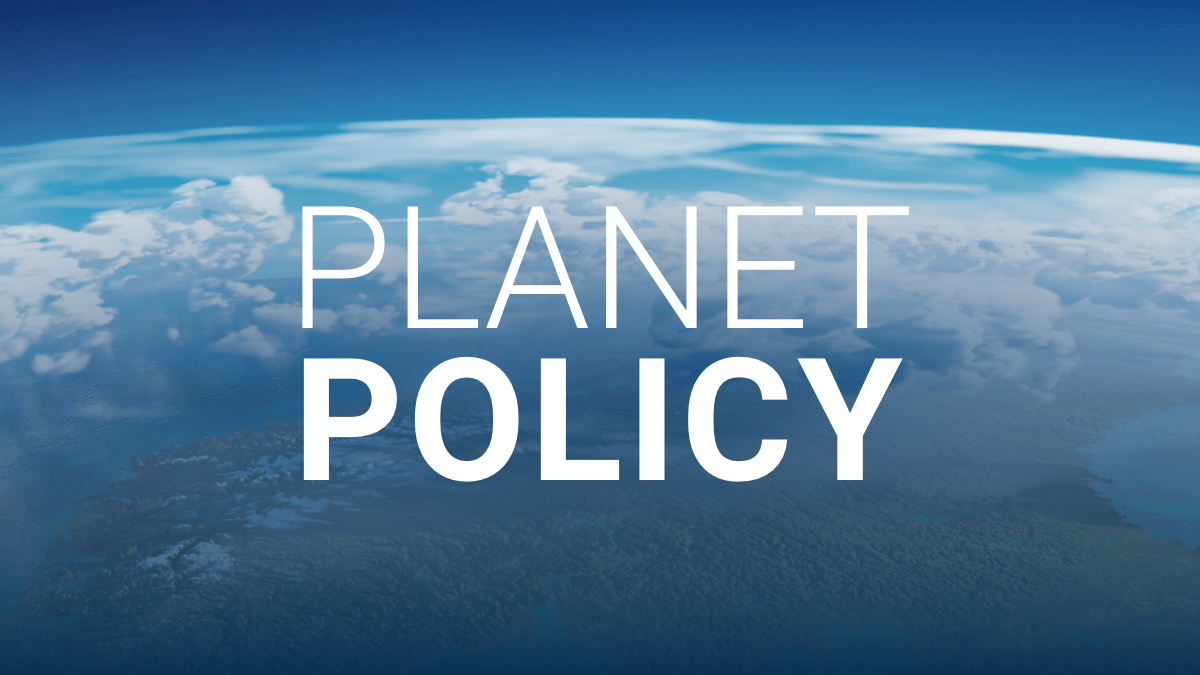
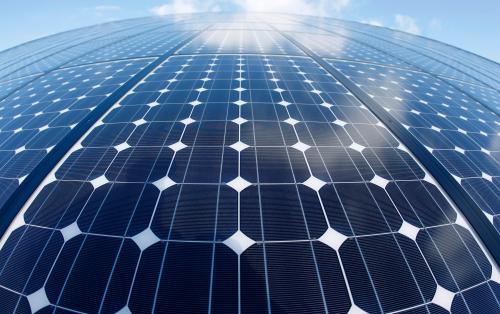
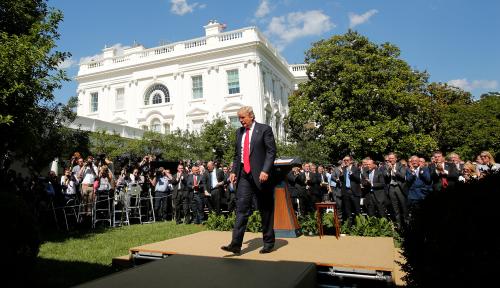
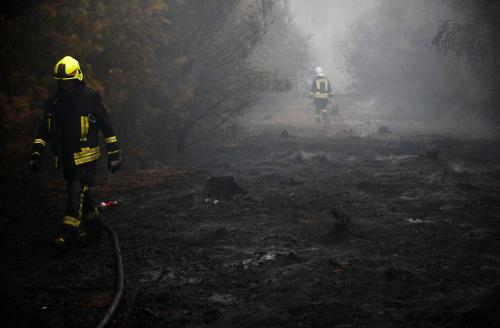
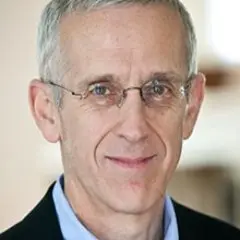


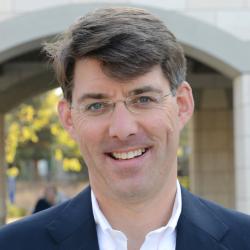

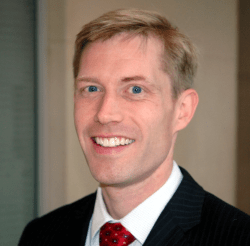
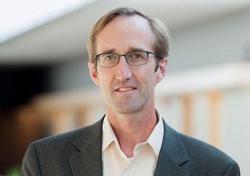

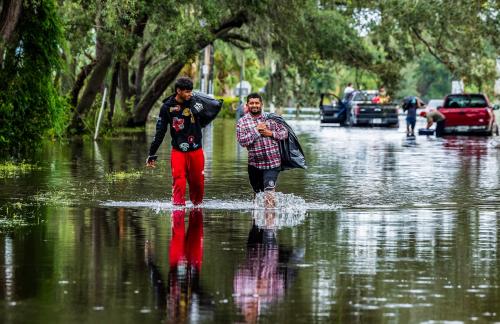
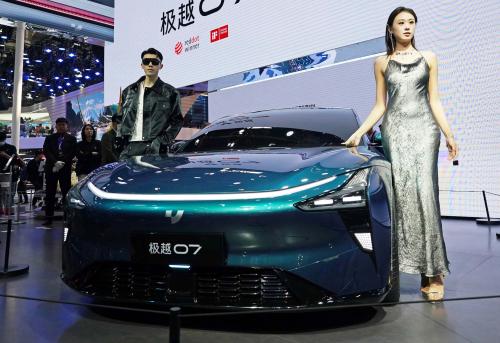
Commentary
Around the halls: Climate experts explain what to watch at this week’s Global Climate Action Summit
September 10, 2018